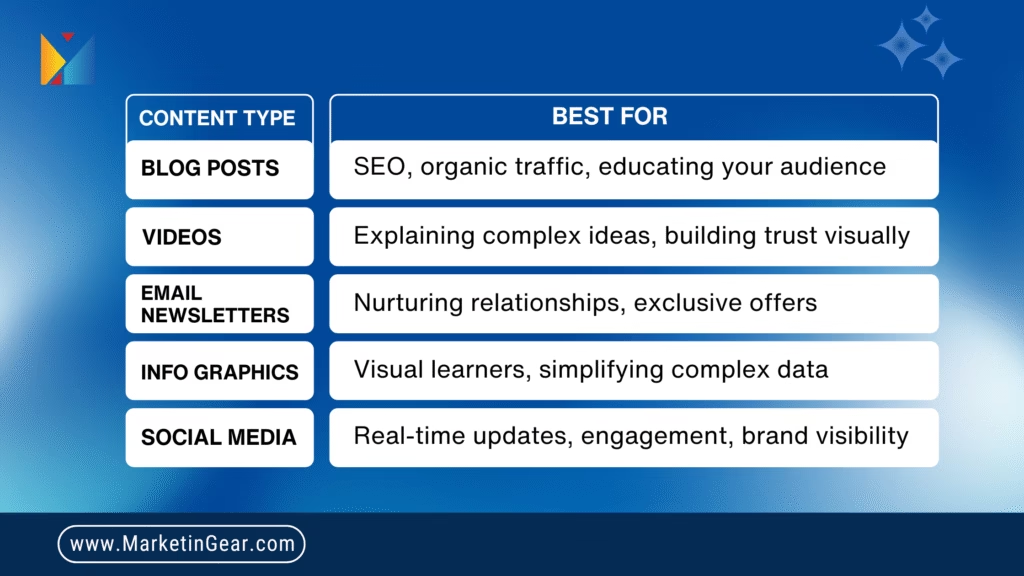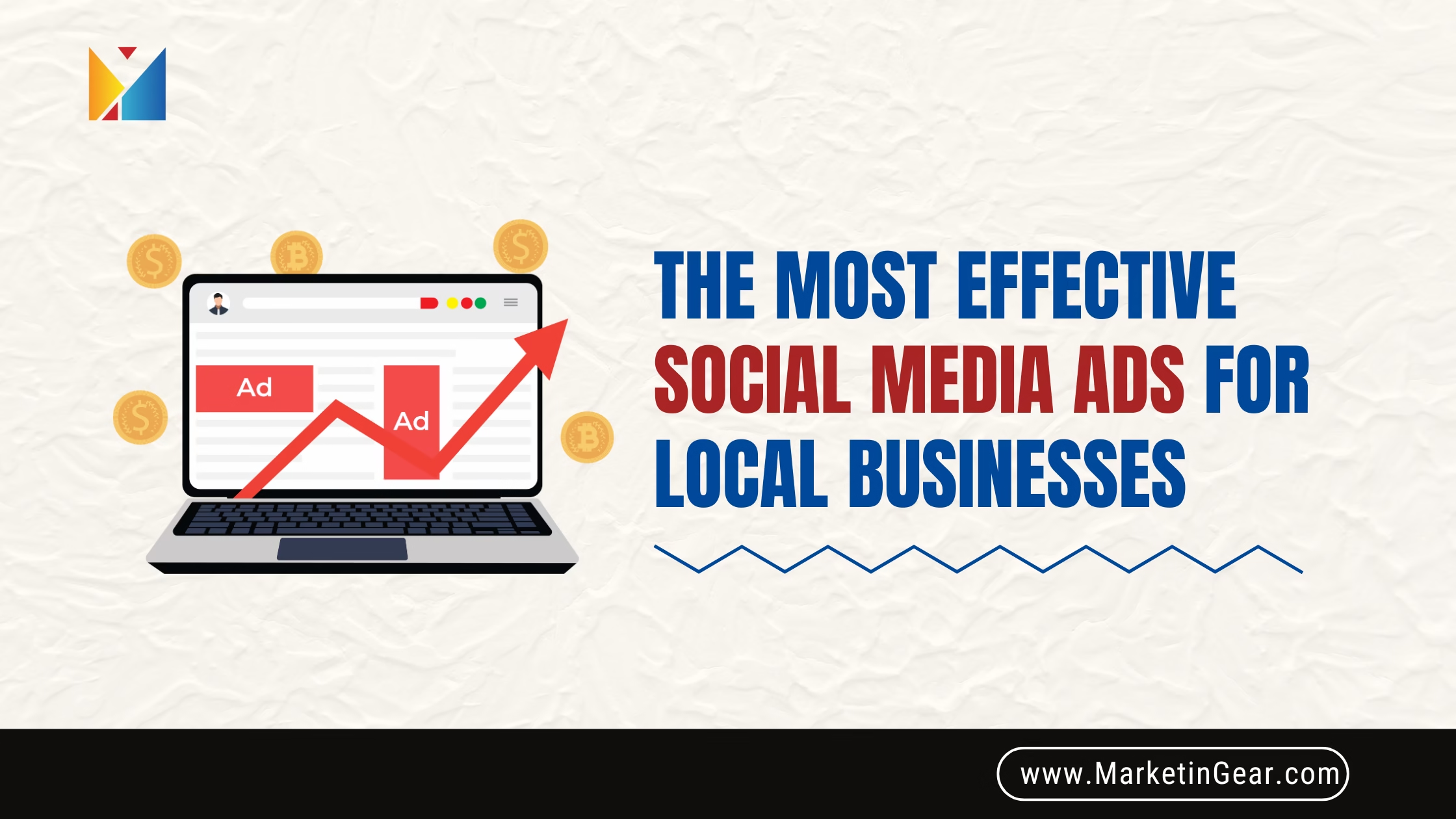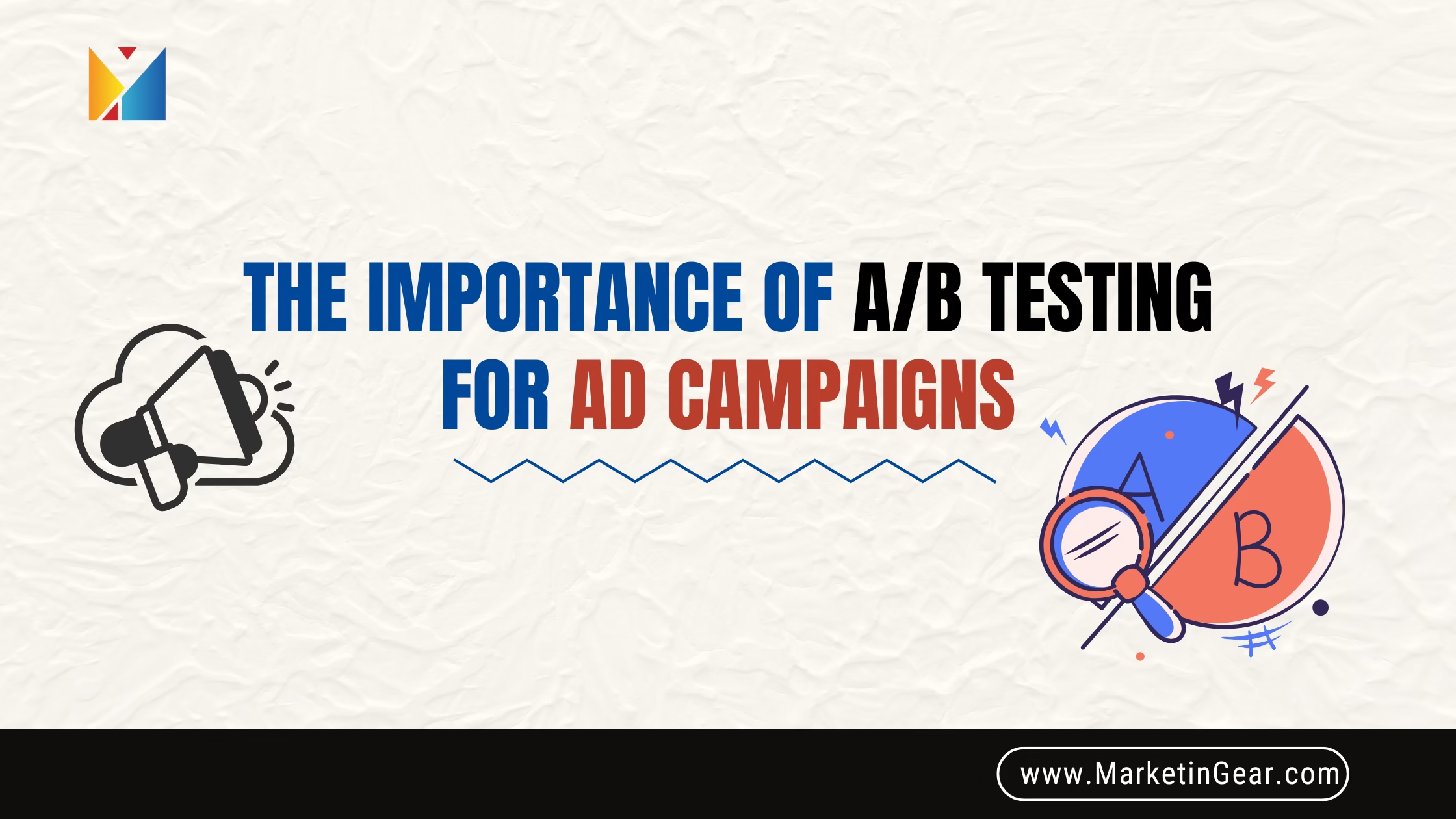Introduction: Why Content Is Still King
Imagine walking into a cozy bookstore. Every aisle feels personalized—offering just the right advice, inspiration, and answers tailored to your needs. That’s the magic of a strong content marketing strategy. Your website can become that exact space online, a go-to resource where visitors feel seen, understood, and helped.
In 2025, attention spans are vanishingly short, competition is fiercer than ever, and algorithms are constantly evolving. Yet one thing remains true: content still rules the digital kingdom. But it’s not just about churning out articles—it’s about delivering value in the form of stories, solutions, and human connection. For small businesses, it’s the ultimate equalizer. You don’t need a Super Bowl ad budget. You need a compelling message that cuts through the noise and lands with the right people at the right moment.
Whether you’re a solo entrepreneur baking cupcakes from your kitchen, running a local repair shop, or scaling a boutique agency—content is your online handshake, elevator pitch, and trust builder. This guide will show you how to leverage content to win hearts, clicks, and conversions.

Step 1: Know Who You’re Talking To
Before you type a single word, you need to understand who you’re talking to. Content that speaks to everyone connects with no one.
🔍 Build Your Buyer Persona:
A buyer persona is a semi-fictional profile of your ideal customer. It should include:
- Demographics: Age, location, income, gender, education level
- Pain Points: What frustrates them? What challenges do they face?
- Search Behavior: What do they type into Google when looking for help?
- Goals & Dreams: What are they trying to achieve?
- Buying Triggers: What motivates them to take action?
Persona Example:
Amanda is a 35-year-old working mom. She’s juggling a full-time job and parenting. She doesn’t have time for long gym sessions, so she’s looking for fast, efficient home workouts she can do while her toddler naps.
Audience Discovery Tools:
- Facebook Audience Insights
- Google Trends
- Quora and Reddit discussions
- Amazon or Yelp reviews of similar products/services
Why This Matters:
When you deeply understand your audience’s emotions and language, your content hits different. It feels less like marketing—and more like a friend offering real help.
Step 2: Set Clear Goals
Content without a goal is like setting off on a road trip with no destination.
Align Content With Business Goals:
Ask yourself:
- Do I want more traffic?
- Do I want to grow my email list?
- Do I want to increase leads or online sales?
- Do I want to boost my brand authority?
Use SMART Goals:
- Specific: Gain 200 newsletter subscribers
- Measurable: Use email analytics or CRM tools
- Achievable: Based on past performance
- Relevant: Supports business growth
- Time-Bound: Set a 60-day deadline
Goal Example:
“Gain 200 new newsletter subscribers in 60 days by publishing weekly blogs with downloadable guides.”
Goals guide your content decisions. Without them, you’re just posting and praying.
Step 3: Choose Your Content Types Wisely
The type of content you create should align with both your business objectives and your audience’s preferences.
📦 Content Format Cheat Sheet:

Repurposing Strategy:
Turn a single blog post into:
- 1 Instagram carousel
- 1 email newsletter
- 3 social media quotes
- A short LinkedIn article
- A YouTube explainer
Creative Tip:
Instead of just sharing tips, tell mini stories. “How I boosted traffic by 500% in 3 months” will always outperform “5 SEO Tips.”
Step 4: Find Your Voice and Tell Your Story
People don’t buy products. They buy emotions, experiences, and authenticity.
Define Your Brand Voice:
- Fun & Energetic: Great for youth brands or creative fields
- Warm & Supportive: Perfect for wellness, coaching, or lifestyle
- Professional & Insightful: Best for finance, tech, or legal
Share Your Origin Story:
“I started this business after losing my job during COVID. My kitchen became my lab, and my cookies started getting attention online. Now, I bake joy into every order.”
Let your audience in. The more real you are, the more relatable and trustworthy you become.
Step 5: Plan with a Content Calendar
Consistency isn’t just key—it’s the whole lock.
What a Content Calendar Helps You Do:
- Avoid last-minute panic
- Maintain content variety
- Schedule around launches and seasons
- Assign tasks to your team
Your Calendar Should Include:
- Topic
- Format
- Platform
- Post Date
- Assigned Team Member
- Status
Tools You Can Use:
- Trello: For visual drag-and-drop
- Notion: For full project workflows
- Google Sheets: Simple and collaborative
Step 6: Write for Humans (and Google)
SEO gets you found. Emotion keeps people reading.
SEO Must-Haves:
- One primary keyword per post
- Keyword in title, intro, one subheading, and naturally in body
- Internal links to your other pages
- H1 for titles, H2 for sections
Readability Tips:
- Use short sentences and paragraphs
- Avoid jargon
- Use bullet points for scanning
- Write how you speak
Featured Snippet Strategy:
Add a short, clear answer (50–60 words) to a common question at the start of each blog. This increases your chances of being featured on top of Google search.
Step 7: Promote Like a Pro
Creating great content is only half the battle. Promotion is how it reaches the world.
Promotion Channels:
- Instagram, Facebook, TikTok, LinkedIn
- Email marketing with CTAs
- Share in niche Facebook groups or Reddit threads
- Collaborate with influencers or brands
- Update Google Business Profile with new content
Repurposing Promotion:
- Blog → Twitter Thread
- Blog Quotes → Instagram Reels
- Email FAQ → YouTube Shorts
Always include a Call-to-Action (CTA): “Learn more,” “Download now,” “Try it free,” “Book a free consult.”
Step 8: Track, Learn, and Improve
What gets measured, gets managed.
What to Track:
- Traffic: Google Analytics
- Keyword Performance: Google Search Console
- Engagement: Social media insights, email open/click rates
- Conversions: CRM or e-commerce tracking
Learn from the Data:
- Test different headlines
- Experiment with posting times
- Try new content types or platforms
Not every piece will win. But each one is a stepping stone to better results.
Conclusion: Your Story Deserves to Be Heard
Content marketing isn’t a trend—it’s a long-term growth engine for small businesses.
It builds connection, earns trust, drives sales, and establishes your voice in a noisy digital world. Big brands might have flashy campaigns, but small businesses have something better: authenticity, agility, and real human connection.
So start with one blog, one story, one helpful video. Stay consistent. Learn from feedback. And keep showing up for your audience.
Want to Make It Even Easier?
Let MarketinGear take the guesswork out of content. We’ll help you create a tailored strategy that speaks your truth, reaches the right people, and turns traffic into sales. Book a free consultation today—and let’s bring your brand to life, one post at a time.




